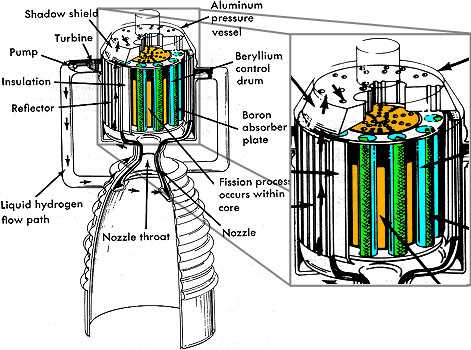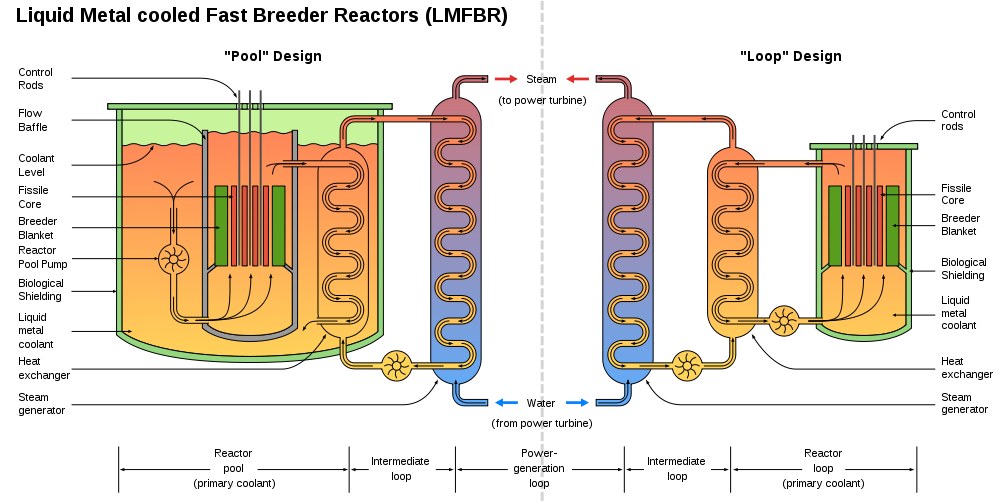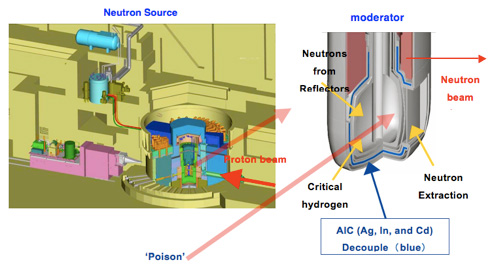Neutron poison
A neutron absorber in the reactor physics, a material that escapes the fission chain reaction by another suitable nuclear reaction free thermal neutrons. With neutron absorbers can therefore be the number of neutrons in the reactor core control, regulate so the course of the chain reaction or completely stop.
Neutron absorbers are not only used in reactors, but also for example in shielding for neutrons.
Reactions used
The nuclear reactions used are usually, but not always, of type ( n, γ ), ie neutron capture. In the capture reaction occurs gamma radiation absorption reactions with other charged particles are released. Examples:
A cadmium sheet of 1 mm thickness reduces the thermal neutron flux passing through at about the 105 -fold, ie to one hundred thousandth.
Also on ordinary hydrogen there is a capture reaction with an appreciable cross section:
This absorption on hydrogen is the reason that a light water reactor with natural uranium can not be critical.
Reactor control and shutdown
Reactor control rods consist of elements with a large cross section for the absorption reaction, for example, cadmium, gadolinium, or boron
In light water reactors are often used in addition to control rods, the water-soluble boric acid on the regulation of reactor power, and emergency shutdown ( Notborierung ) of the reactor in the event of a malfunction of the control rods. For emergency shutdown of the reactor pressure vessel is flooded with strong borsäurehaltigem water to bring the chain reaction immediately to a halt.
Neutron poisons
Some neutron absorbers arise in the reactor as an inevitable by-products. Their effects have to be compensated during reactor operation by appropriately removing other absorbers. One of these so-called neutron poisons is the xenon isotope 135Xe, which makes impossible by the so-called xenon poisoning after a reactor shutdown for a period of time starting up again.
Neutron absorbing nuclides generally
In addition to the materials already mentioned above are, for example, silver, indium, cobalt, hafnium, and many rare earth elements relatively strong neutron absorber.
The picture shows a nuclear chart with color coding of the cross section for neutron capture ( ie not for any kind of absorption of a thermal neutron ). Highlighted by double lines are the "magic" proton and neutron numbers; you can see that this cross section, however, is usually small, far from magic numbers large in such magic nuclei.










